Dien Bien Phu Campaign: On April 19, 1954, although the DKZ gun sight was broken, comrade Tran Dinh Hung calmly loaded ammunition, aimed through the barrel of the gun and burned a tank. His feat completed the work of filling the trench, forcing the enemy to retreat.
On April 19, 1954, the Politburo issued a Resolution directing the Front Party Committee to overcome all difficulties, determined to defeat the enemy and mobilize the full strength of the people, the Party and the Government to do everything necessary to achieve total victory for the Dien Bien Phu Campaign. The Resolution stated: "The entire people, the entire Party and the Government are determined to use all their strength to support the Dien Bien Phu Campaign and are determined to do everything necessary to achieve total victory for this campaign."
Implementing the Resolution of the Politburo, the Party Committee and people of the provinces of Inter-zone 3, Inter-zone 4, Viet Bac, Tay Bac... made great efforts to race against the enemy, race against time, against floods, determined to mobilize all sources of strength from the rear, and the people's war to successfully carry out all tasks of ensuring supplies for the troops.

Counterattacking enemy tanks were shot and burned on hill A1. Photo: VNA
On the front, taking advantage of the pause in the attack, units promptly reorganized, supplemented their troops, equipment, and conducted a summary of additional training experiences. Some new units such as the 122mm rocket unit and some DKZ-75mm companies were organized right at the front. Because the troops had gone through a long battle in difficult and deprived conditions, leading to a significant decline in their health, the Campaign Command directed the units to strive to "normalize their lives" and organize well the eating, sleeping, and entertainment of the troops. Hygiene work to prevent disease and maintain the hygiene of the trenches was given importance. The work of treating wounded and sick soldiers at the front was carried out better and better, contributing to the rapid restoration of the units' fighting strength.
On the morning of April 19, three trenches of the 36th Regiment crashed straight into the enemy fence at the 206th stronghold. The DKZ gradually destroyed the gun emplacements at the front line. During the night, there was a series of mortars fired at the position from time to time. The enemy was always nervous, thinking that the battle had begun. Airplanes had to parachute supplies directly into the stronghold. But the soldiers did not dare to leave the bunker to get the parachutes for fear of our sniper bullets.
Base 206 called for help from Muong Thanh. Unable to lose this position, because losing it meant losing the airport, De Castries was forced to send two infantry platoons and two tanks, along with a legionnaire platoon from the central area to advance under artillery cover, filling the trenches. Our trench-protecting platoon was forced to retreat, using sniper rifles to shoot at the enemy. Although the DKZ gun sight was broken, comrade Tran Dinh Hung calmly loaded ammunition, aimed through the barrel of the gun, and burned a tank. His feat completed the work of filling the trench, forcing the enemy to retreat.

To protect the Dien Bien Phu stronghold, in 1954, France mobilized 10 tanks, of the M24 series. This is a light tank manufactured by the US in 1943, put into use during World War II. Among them was a command tank, the remaining 9 were arranged into 3 squads. The command tank and two squads were stationed at the center of the Dien Bien Phu stronghold, one squad was in the southern division. At the end of the campaign, the Vietnam People's Army destroyed 8 tanks and captured 2 intact. Of which 3 are on display at the foot of A1 hill, Dien Bien Phu stronghold. Photo: vnexpress.net
The soldiers of the 36th Regiment also began to encounter a new difficulty. The trenches near the stronghold were less effective, they could not stop flank fire as well as grenades thrown from the fort, and they also revealed the position of the troops. Some soldiers were wounded. The speed of digging trenches slowed down significantly. Some soldiers, who were guerrillas in the enemy's rear, suggested digging underground to reach the enemy bunkers, both to reduce casualties and to ensure secrecy. At first, the cadres were reluctant to do this method, as it would prolong the preparation time. But when a team tried digging, they found it was no slower than digging open trenches, because they could dig during the day. The digging method was accepted, although it was difficult, it avoided casualties.
THANH VINH/qdnd.vn
Source


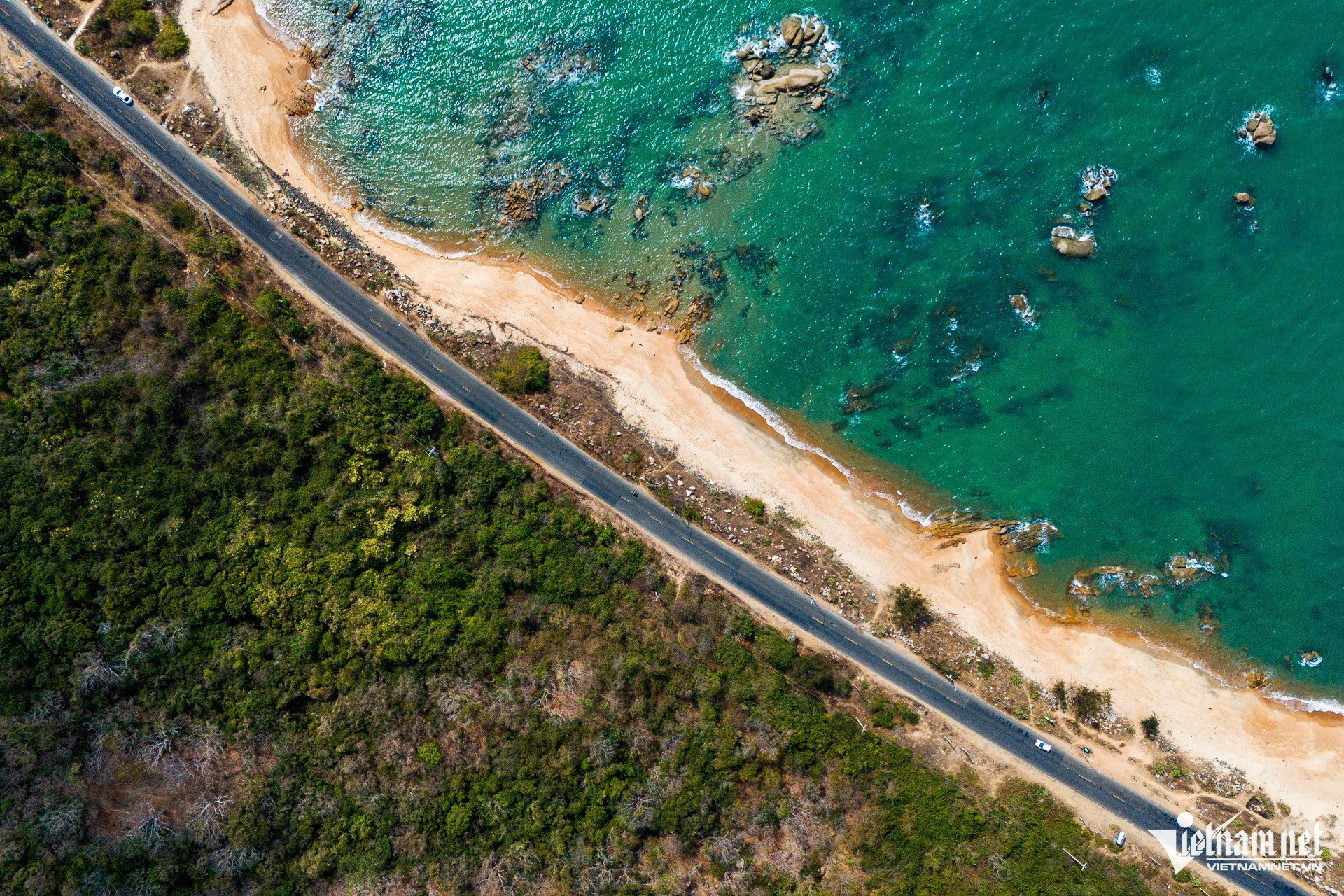
![[Photo] Third meeting of the Organizing Subcommittee serving the 14th National Party Congress](https://vstatic.vietnam.vn/vietnam/resource/IMAGE/2025/4/2/3f342a185e714df58aad8c0fc08e4af2)
![[Photo] Relatives of victims of the earthquake in Myanmar were moved and grateful to the rescue team of the Vietnamese Ministry of National Defense.](https://vstatic.vietnam.vn/vietnam/resource/IMAGE/2025/4/2/aa6a37e9b59543dfb0ddc7f44162a7a7)
![[Photo] Close-up of Vietnam's sniffer dog team searching for earthquake victims in Myanmar](https://vstatic.vietnam.vn/vietnam/resource/IMAGE/2025/4/1/d4949a0510ba40af93a15359b5450df2)


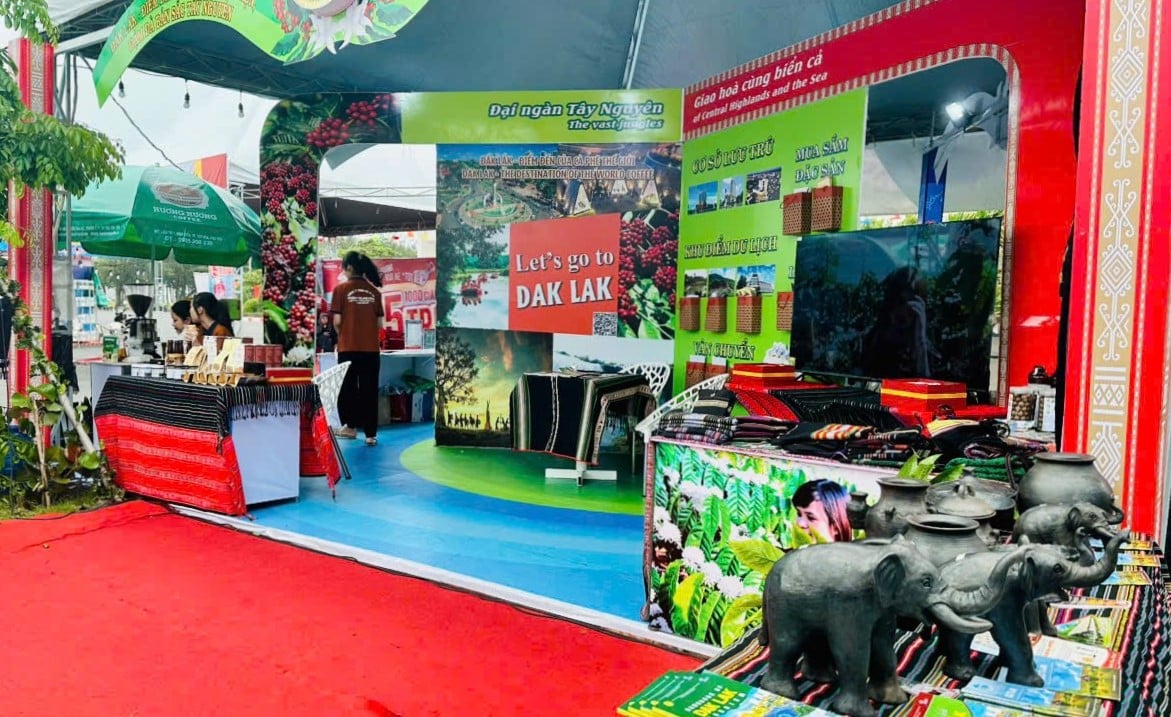
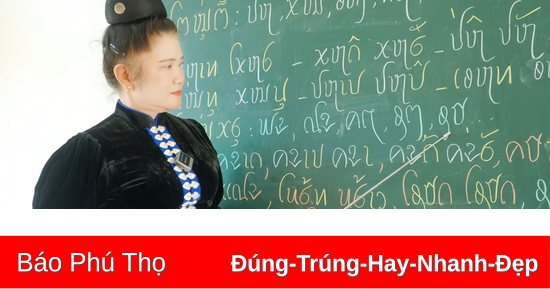
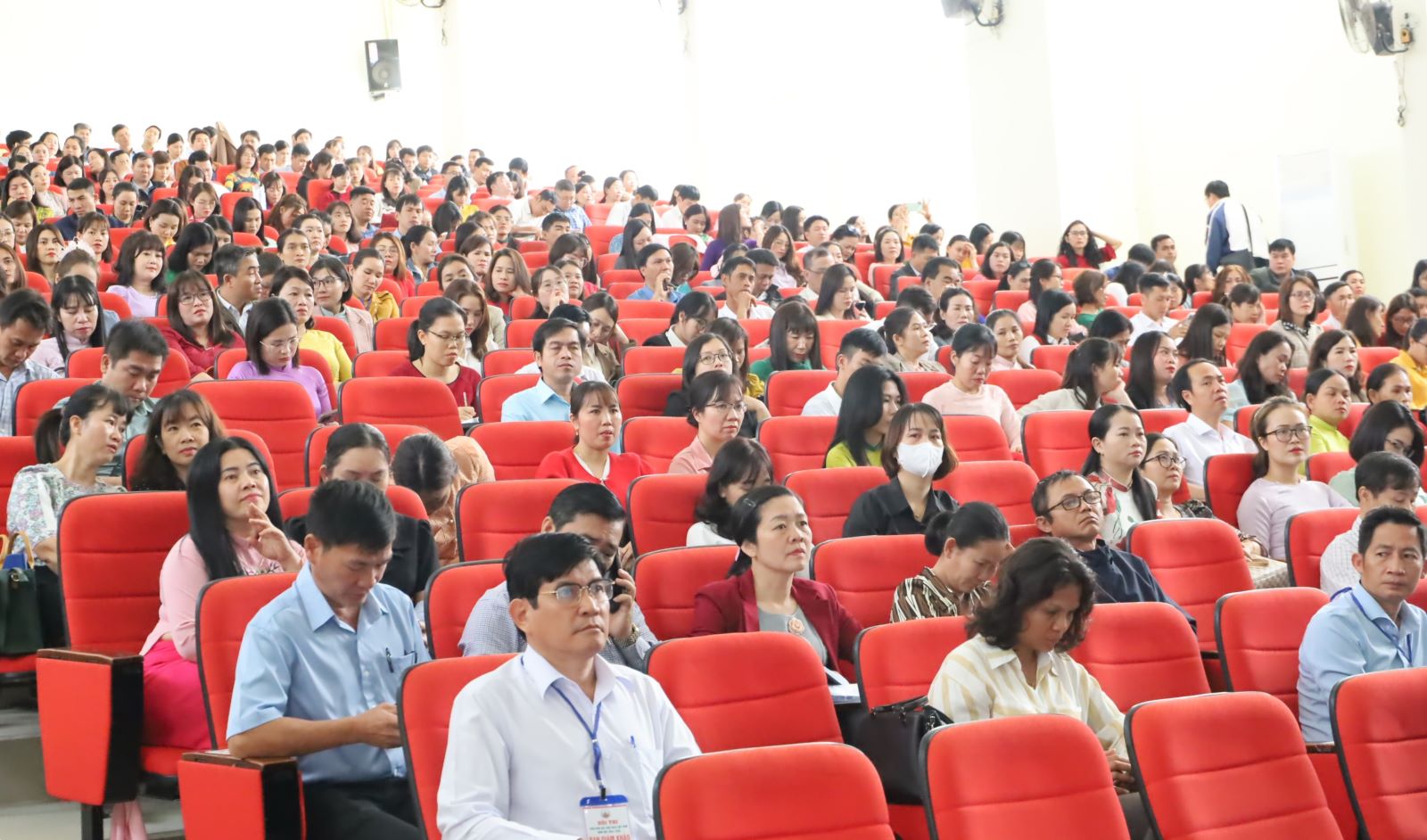


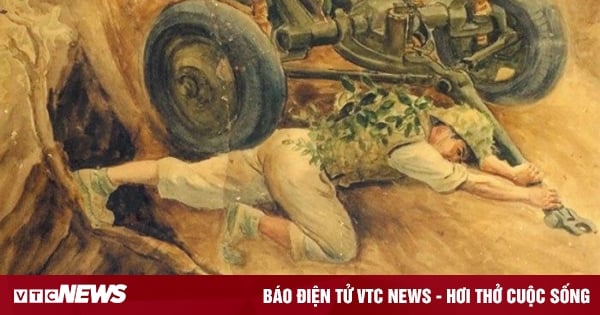

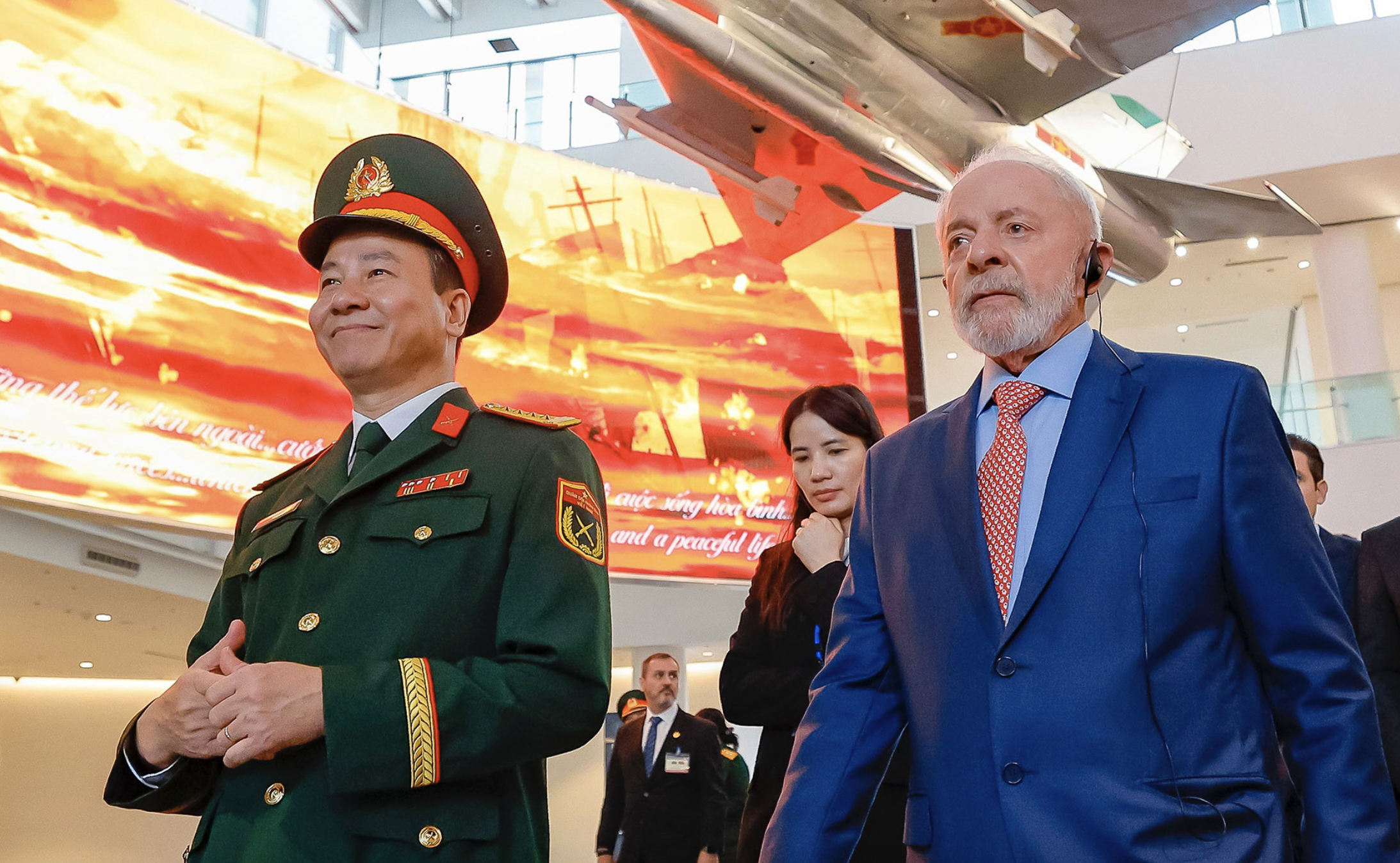

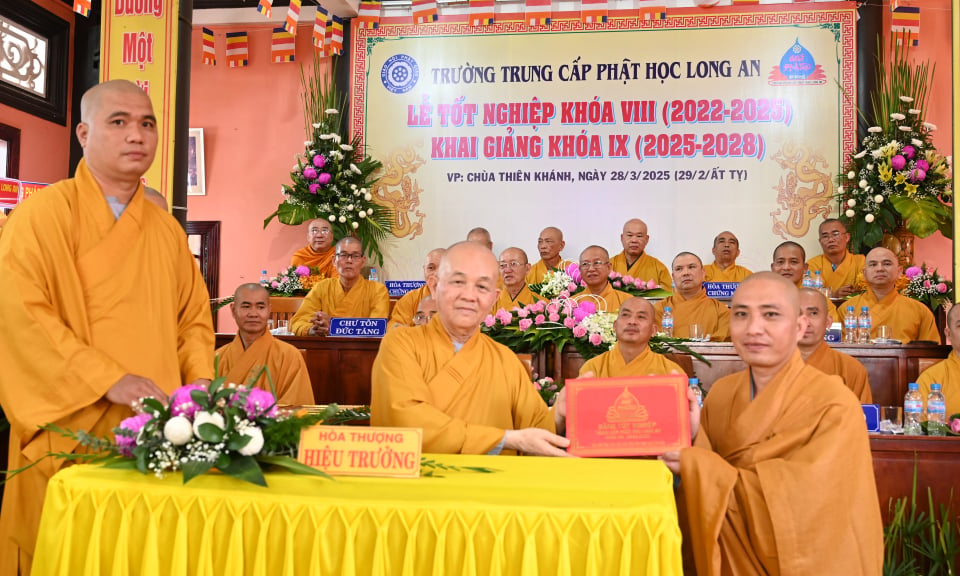
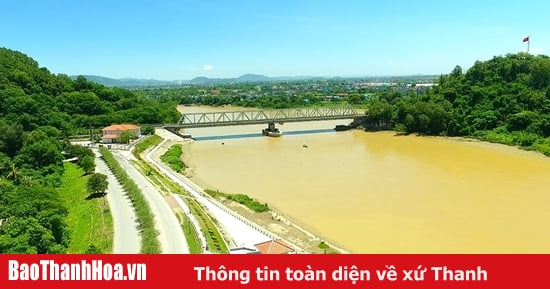
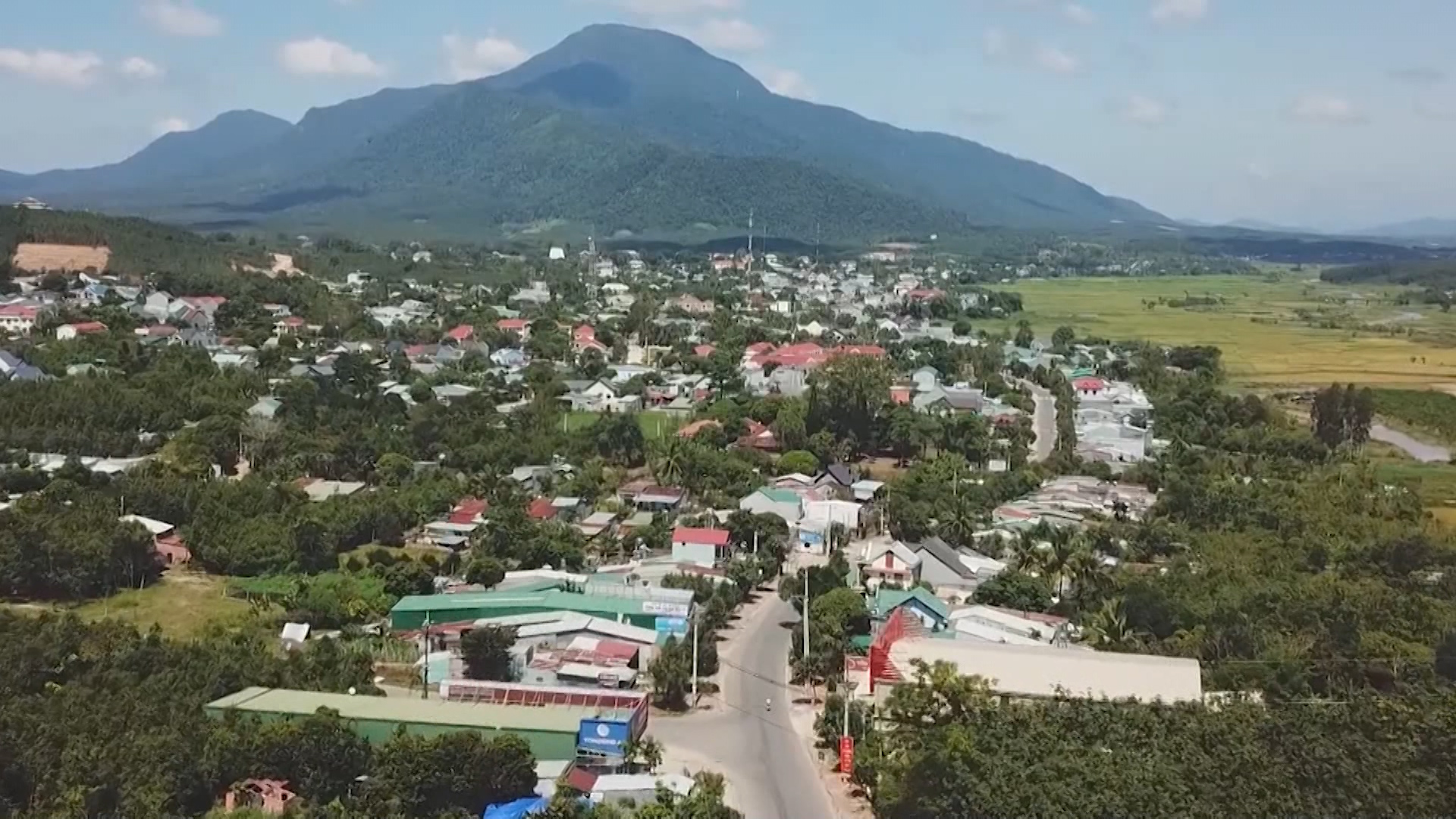
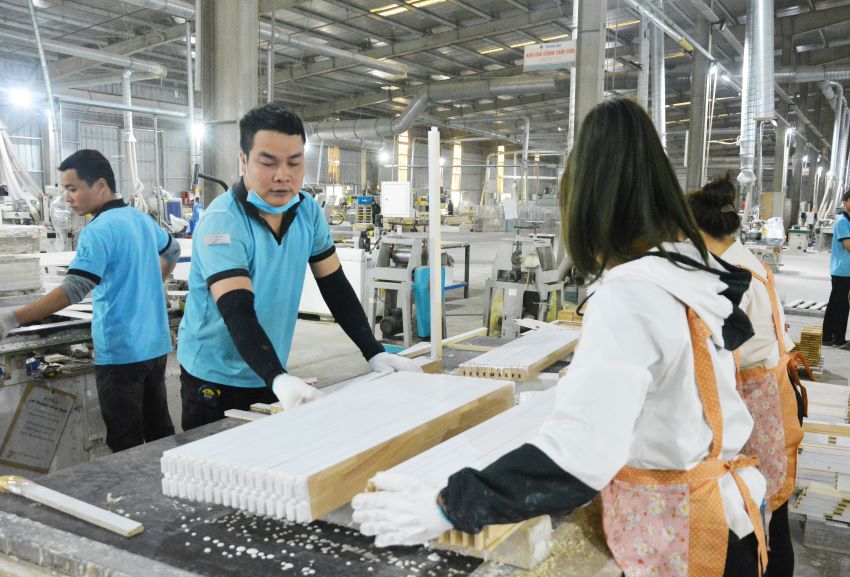
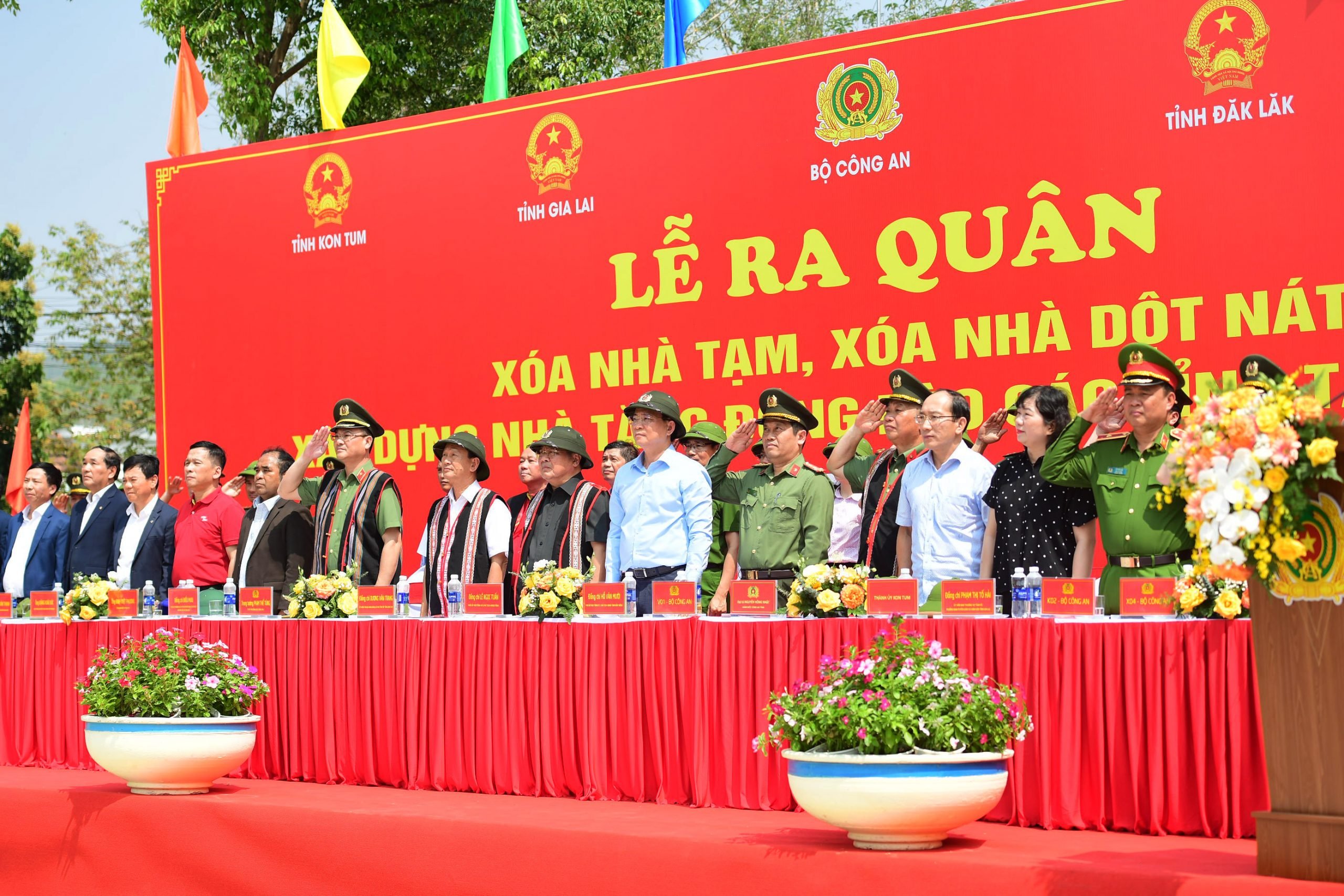





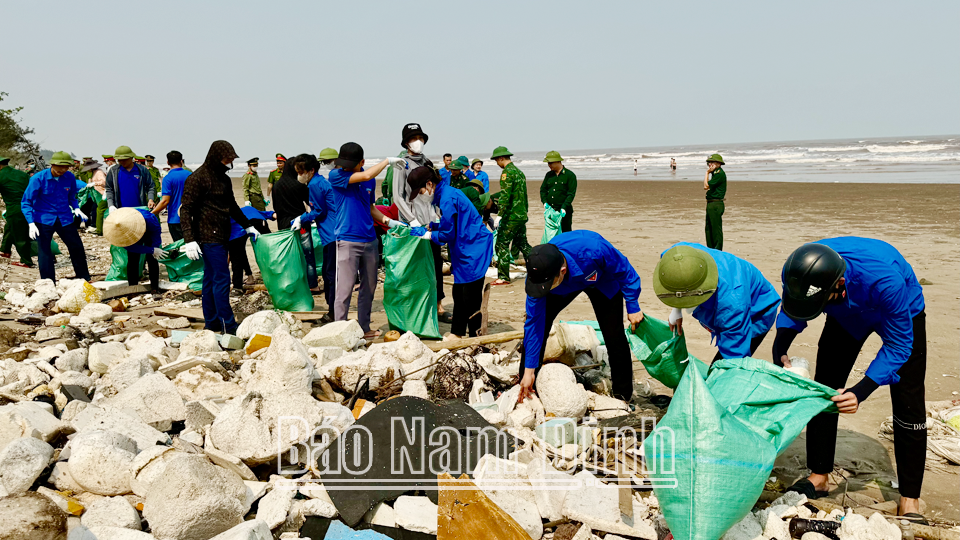

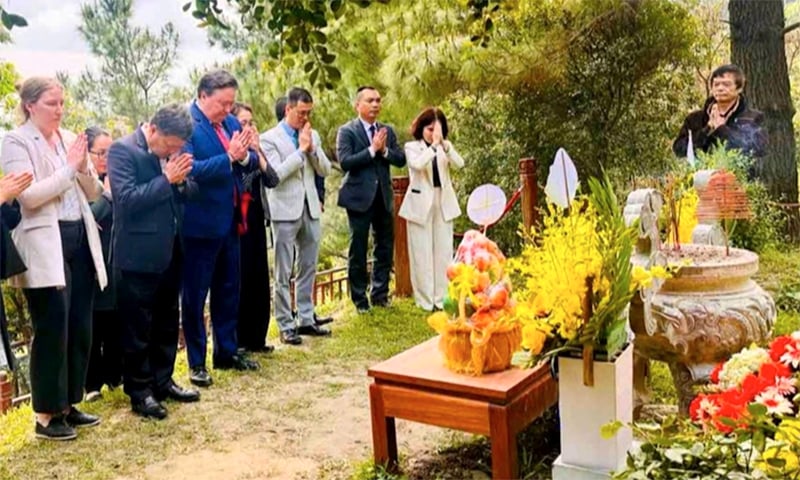
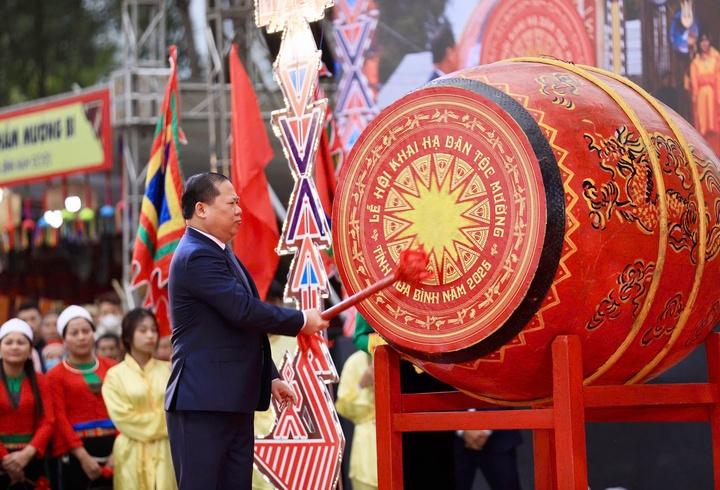































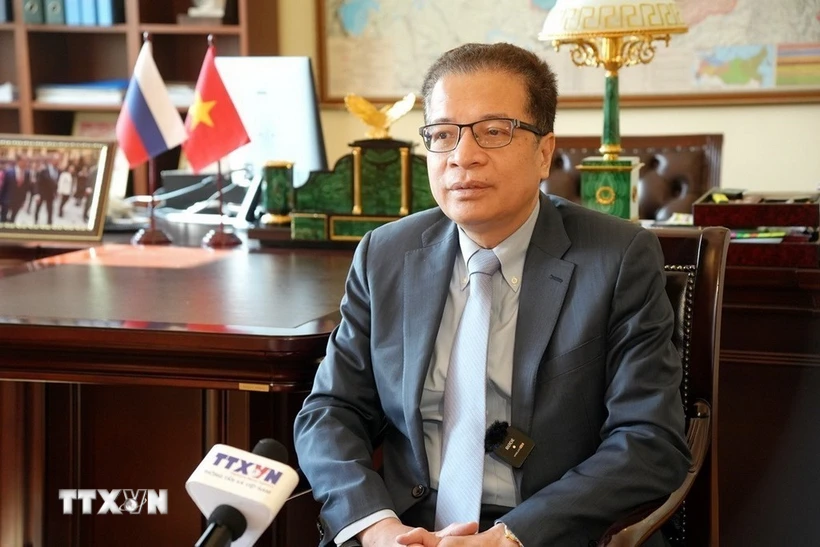


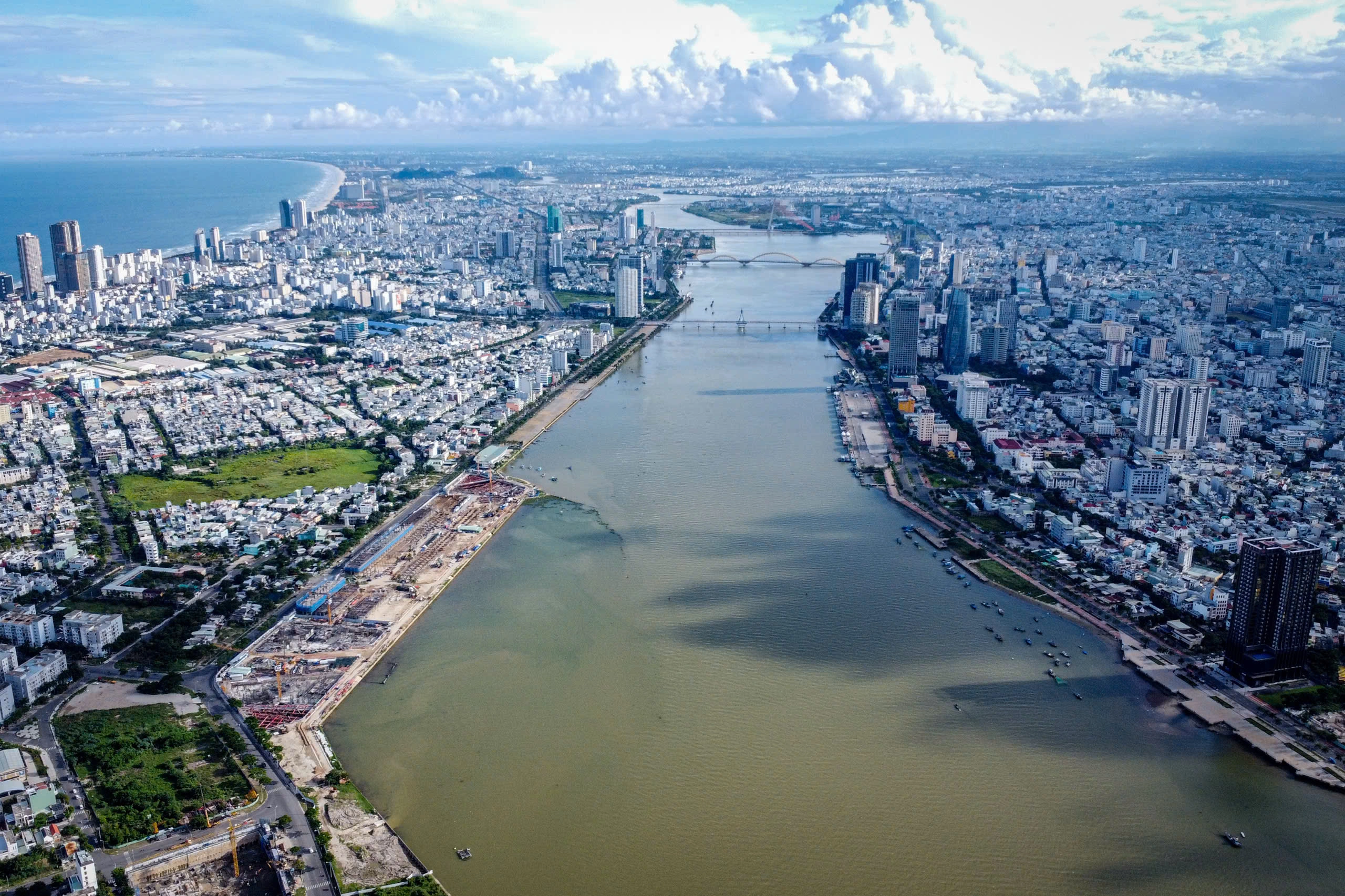
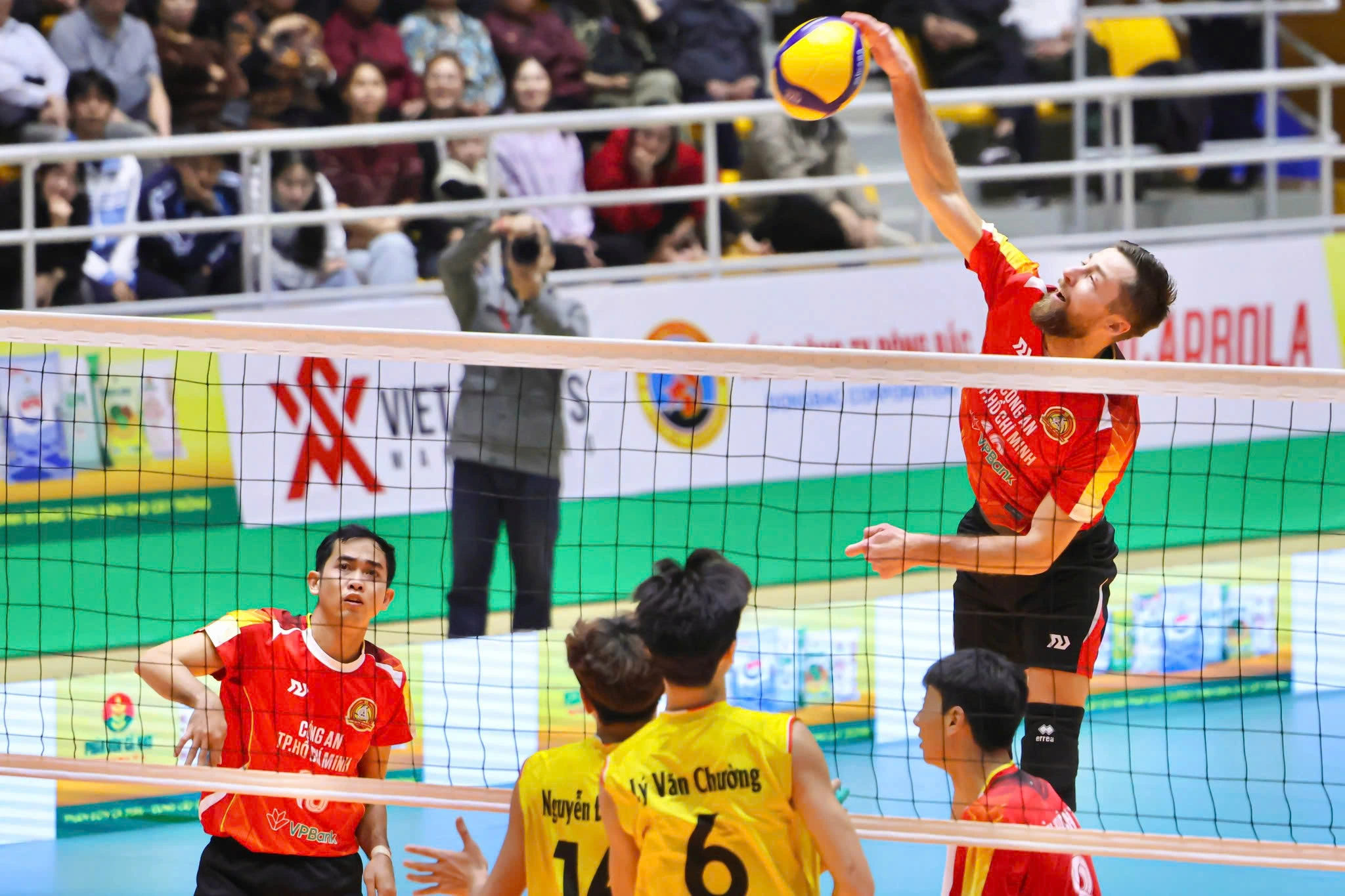

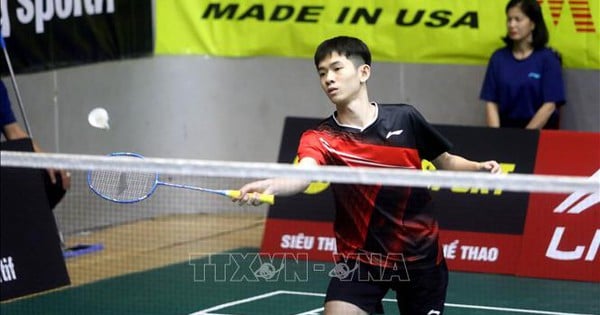


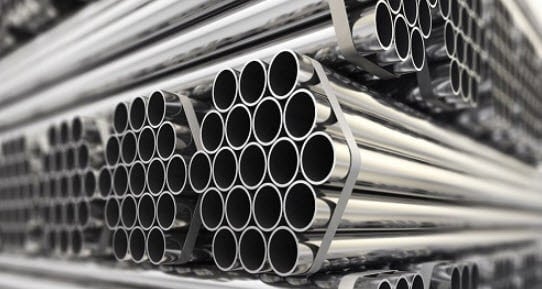



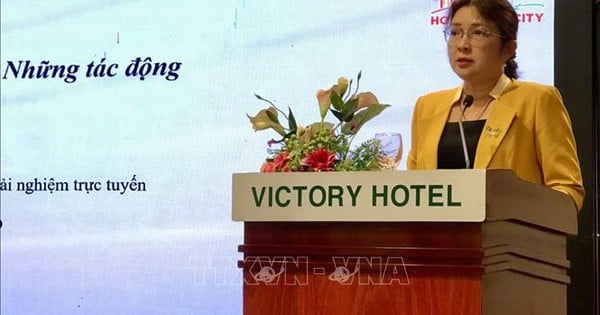


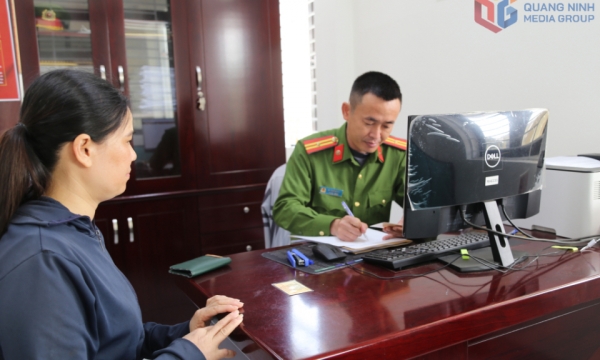













Comment (0)